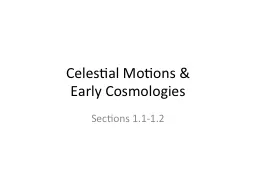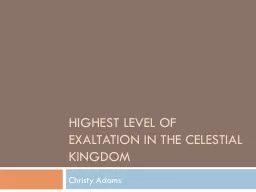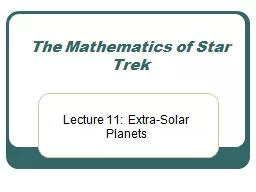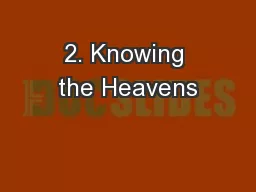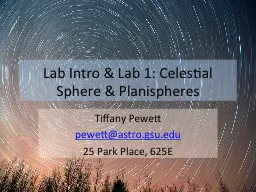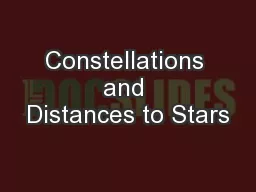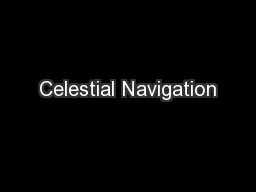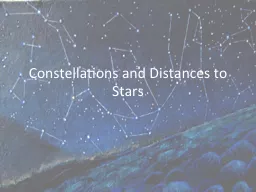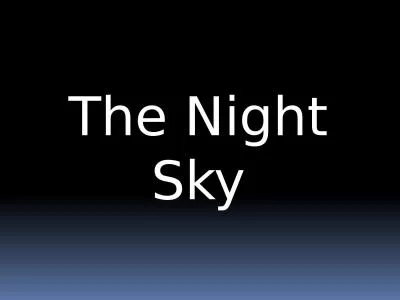PPT-Celestial Motions &
Author : natalia-silvester | Published Date : 2016-03-31
Early Cosmologies Sections 1112 Reminders Reading quiz for Chapter 1 Sections 3 and 4 due on Mallard prior to start of next class Weekly reflection 1 will be sent
Presentation Embed Code
Download Presentation
Download Presentation The PPT/PDF document "Celestial Motions &" is the property of its rightful owner. Permission is granted to download and print the materials on this website for personal, non-commercial use only, and to display it on your personal computer provided you do not modify the materials and that you retain all copyright notices contained in the materials. By downloading content from our website, you accept the terms of this agreement.
Celestial Motions &: Transcript
Download Rules Of Document
"Celestial Motions &"The content belongs to its owner. You may download and print it for personal use, without modification, and keep all copyright notices. By downloading, you agree to these terms.
Related Documents

